Establishing a dedicated homework station can transform the way students approach their assignments.
By providing a structured environment, these stations encourage focus and enhance organizational skills.
From minimizing distractions to boosting motivation, these 10 strategies illustrate how thoughtful homework setups can make a significant difference in academic performance.
1. Organized Supplies

Having supplies organized and within reach is crucial. A homework station allows students to keep all necessary tools in one place.
This organization saves time and reduces frustration, ensuring that they have everything they need without unnecessary delays.
2. Boosting Creativity

A well-designed homework station can inspire creativity. By incorporating elements like art supplies or a whiteboard for brainstorming, students are encouraged to explore new ideas.
This creative environment can lead to innovative thinking and problem-solving during projects.
3. Enhancing Time Management
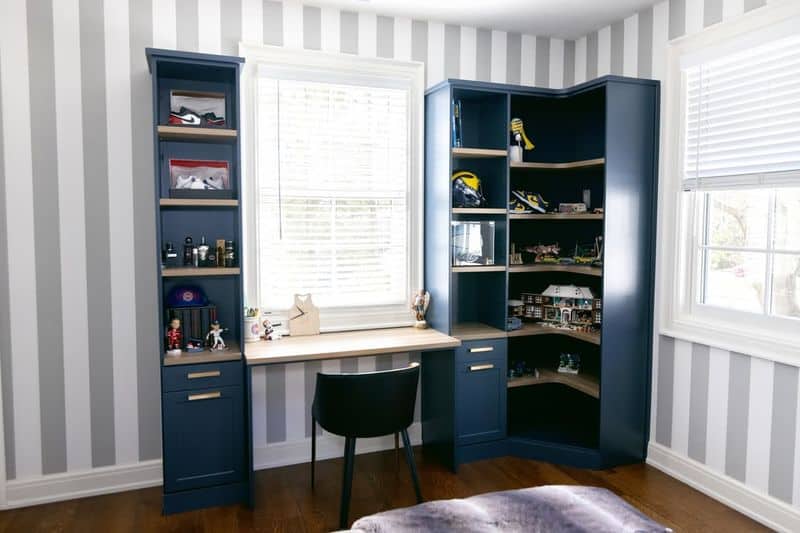
Homework stations help students manage their time efficiently. By having a set place for work, they can establish routines and use planners or timers to allocate study sessions.
This practice fosters disciplined habits that are essential for academic success.
4. Motivating Through Personalization

Personalizing a homework station with quotes or a vision board can boost motivation. When students see their goals and inspirations, it can ignite enthusiasm and drive.
This personal touch makes the station inviting and encourages regular use.
5. Encouraging Responsibility
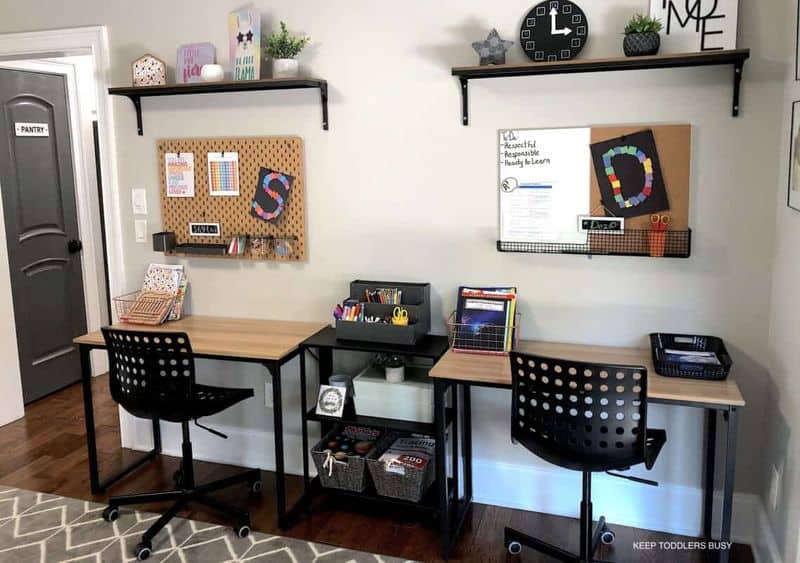
Maintaining a homework station encourages students to take responsibility for their learning environment.
By organizing their space, they learn valuable skills in self-management. This autonomy fosters a sense of ownership over their educational journey.
6. Minimizing Distractions
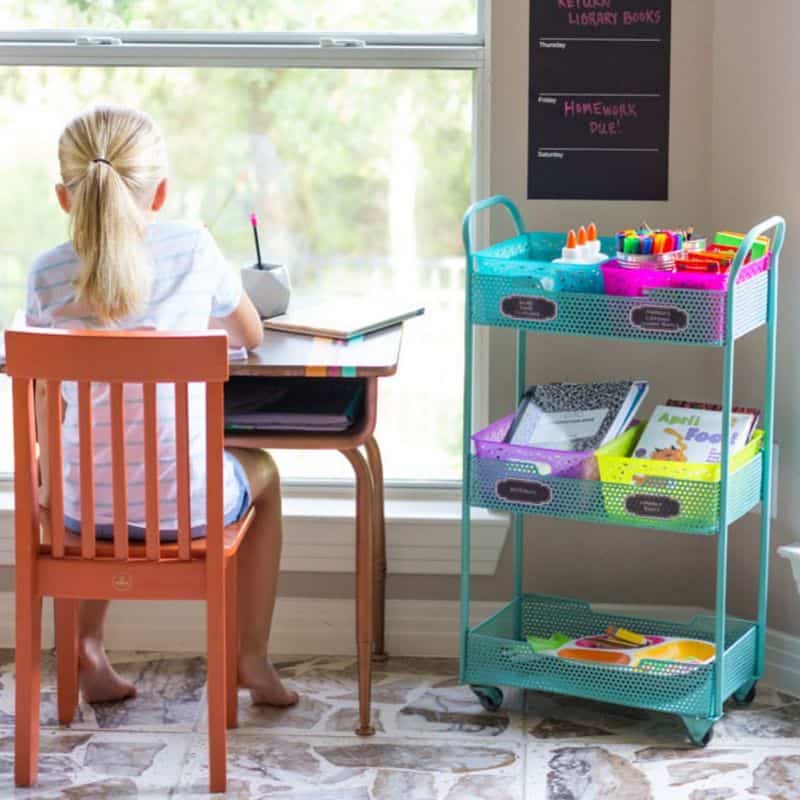
Creating a homework station helps reduce distractions by providing a dedicated, quiet space. With less noise and clutter, students can concentrate better.
A simple, organized desk can make a world of difference in maintaining attention and minimizing interruptions during study time.
7. Improving Focus with Ergonomics
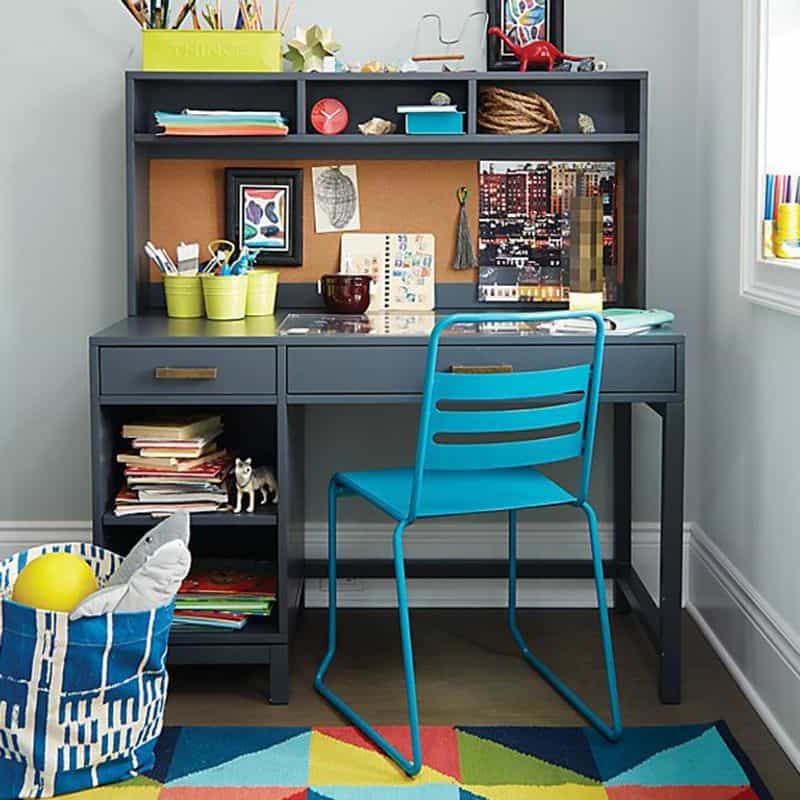
Ergonomically designed homework stations can significantly improve focus. Proper seating and desk height reduce strain and discomfort, allowing students to work longer without fatigue.
This physical comfort translates into better concentration and productivity.
8. Facilitating Goal Setting
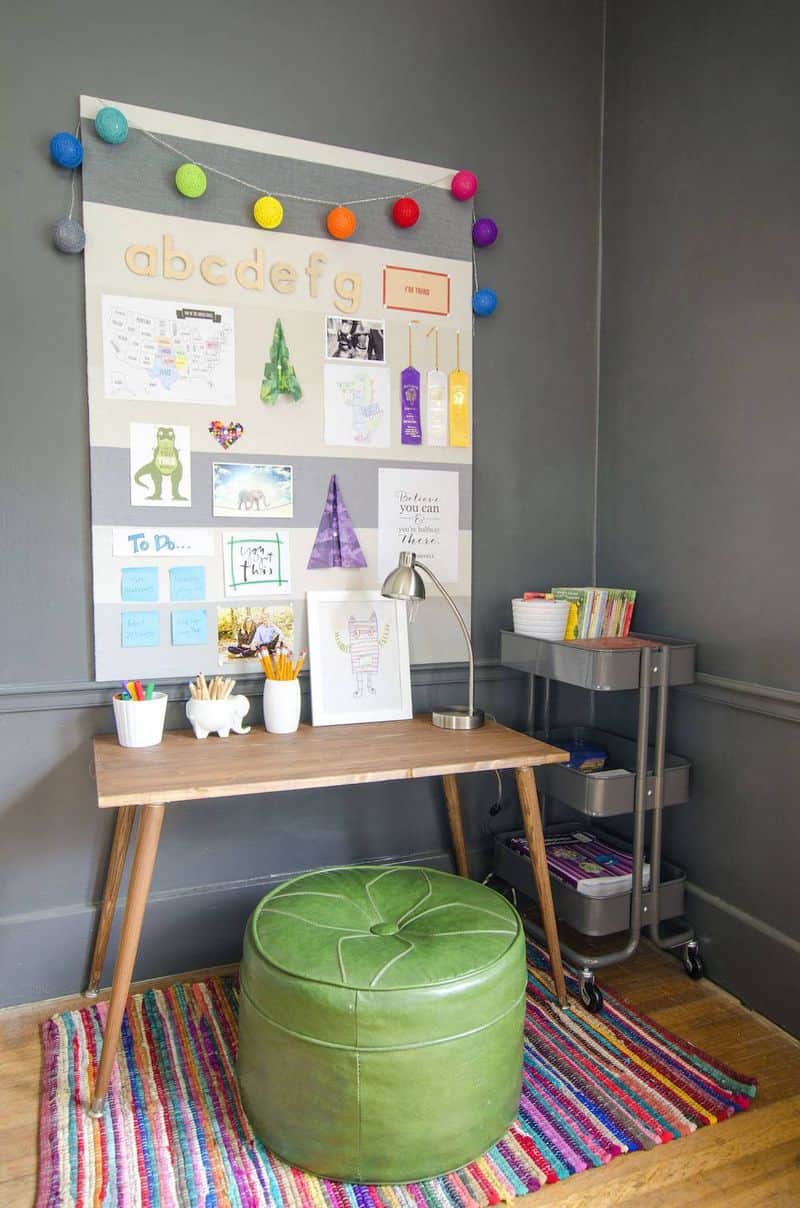
Homework stations provide a space for students to set and visualize their goals. By using tools like whiteboards, students can track progress and stay motivated.
This visual representation of goals helps them remain focused on their academic objectives.
9. Promoting Consistent Study Habits
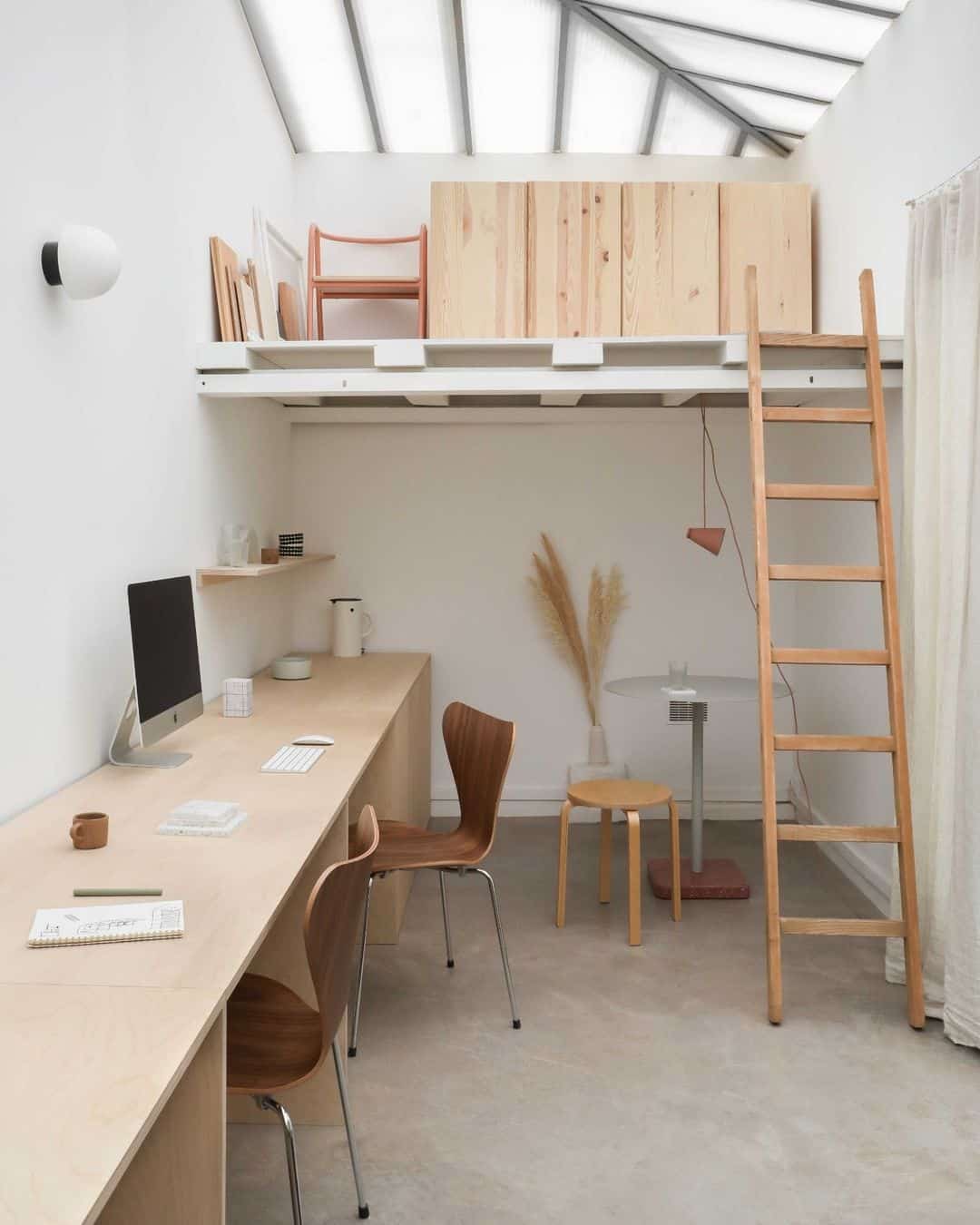
Establishing a homework station promotes consistent study habits. By designating a specific area and time for study, students can develop a routine.
This consistency helps reinforce learning and retention, making study sessions more effective.
10. Providing a Sense of Ownership

A dedicated homework station gives students a sense of ownership over their study area.
By allowing them to personalize and maintain this space, they feel more invested in their academic tasks. This ownership can lead to a more committed and proactive approach to learning.

